New Trump Tax Bill: Five Changes Homeowners Need to Know Now
Trump’s new tax legislation is reshaping how tax breaks for homeowners work.

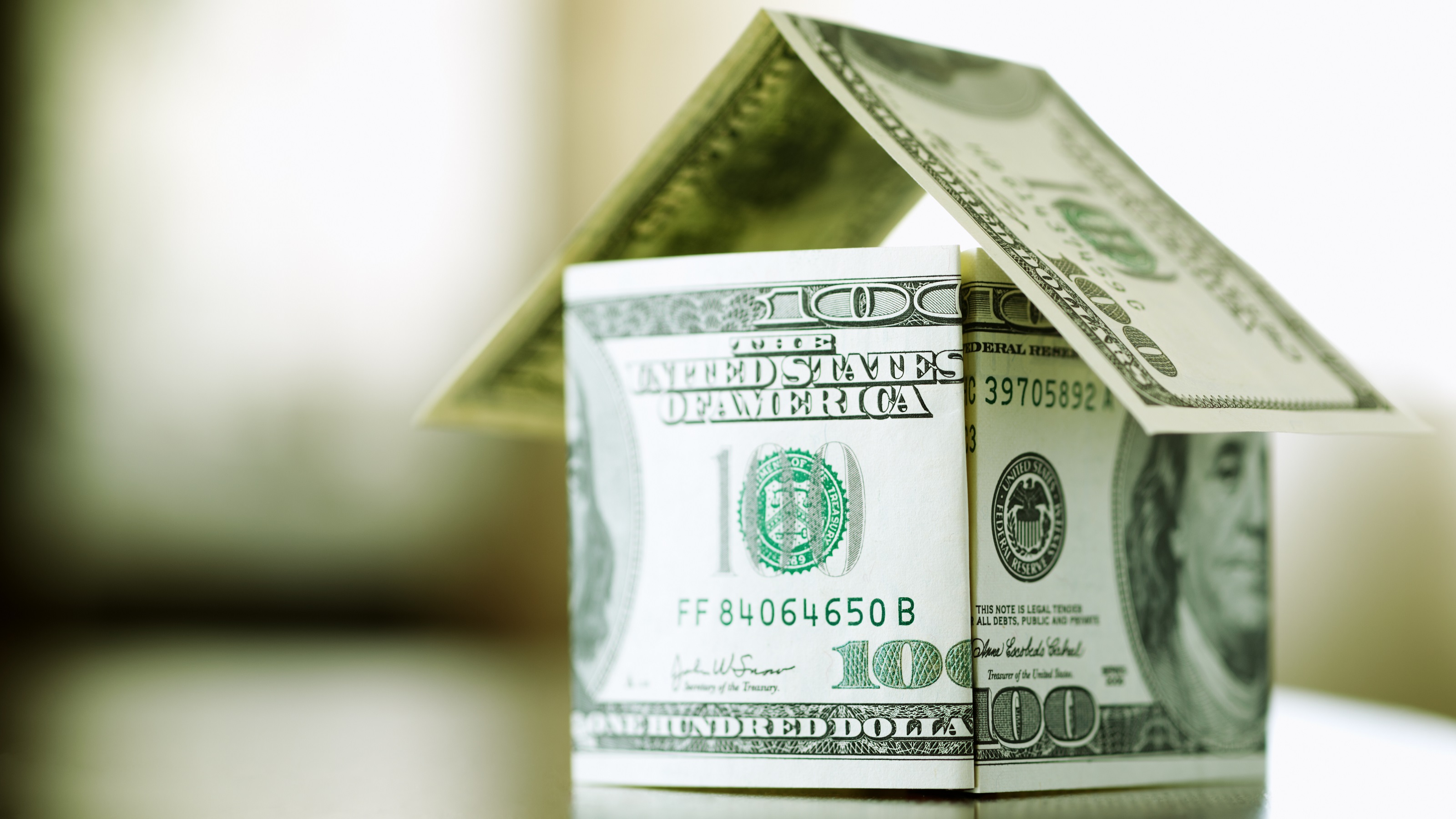
If you're a homeowner, Trump's new tax plan contains several key tax changes that could affect your bottom line, from property tax deductions to mortgage interest rules and the elimination of major tax credits.
For example, the newly enacted tax cuts and spending legislation, dubbed the ‘big beautiful bill’ (OBBB), temporarily raises the cap on the state and local tax (SALT) deduction, which can save some homeowners thousands of tax dollars each year.
The new tax law also locks in some tax breaks for homeowners, like making the current mortgage interest deduction cap permanent.
From just $107.88 $24.99 for Kiplinger Personal Finance
Become a smarter, better informed investor. Subscribe from just $107.88 $24.99, plus get up to 4 Special Issues

Sign up for Kiplinger’s Free Newsletters
Profit and prosper with the best of expert advice on investing, taxes, retirement, personal finance and more - straight to your e-mail.
Profit and prosper with the best of expert advice - straight to your e-mail.
However, the legislation isn’t all sunshine and rainbows. If you want to save with clean energy tax breaks, you’ll have to act fast.
That’s because Trump’s tax agenda eliminates certain tax credits for energy-efficient home improvements, which, for example, have spurred some homeowners to rush to install solar panels before it’s too late.
Here are five important changes in Trump's tax plan that every homeowner should know.
1. Last chance to claim energy-efficient tax breaks
If you want to save on your electricity bill and are considering switching to solar, you’ll have to make changes as soon as this year to claim a tax break.
The Trump administration’s new tax package accelerates the termination date for several energy-related tax credits. As a result, experts say families in some states could see energy costs increase by more than $600 a year.
Here are some energy-related tax breaks that are ending prematurely under the OBBB.
- Energy Efficient Home Improvement Tax Credit: Homeowners can still claim a tax credit of up to $3,200 for eligible energy-efficient upgrades, such as installing new insulation, windows, and HVAC systems. If you’re considering any home improvements and want a credit, time is running out.
While the Inflation Reduction Act (IRA) extended this credit until January 1, 2033, Trump's tax legislation moves the expiration date to December 31, 2025.
- Residential Clean Energy Credit: Homeowners can currently claim a 30% tax credit for installing eligible clean energy systems. This includes solar panels, small wind turbines, battery storage technology, or geothermal systems.
The IRA extended the credit to Jan. 1, 2035, with the credit phased to 22% as of 2033. Trump’s tax plan forces the credit to expire after Dec. 31, 2025.
2. SALT cap quadruples to $40K
If you’re a homeowner in a high-tax state, there’s one major provision tucked within the ‘big beautiful bill’ that can put thousands of dollars back into your pocket.
The Trump administration’s 2025 tax package allows taxpayers with incomes under $500,000 to deduct up to $40,000 in state and local taxes (SALT) when they file taxes in early 2026.
The temporary increase is effective for tax years 2025 through 2029 and will gradually rise by 1% each year. As reported by Kiplinger, the increased cap offers much-needed relief for middle-income homeowners in expensive cities.
Trump's Tax Cuts and Jobs Act of 2017 (TCJA) previously set the SALT cap at $10,000 ($5,000 for married individuals filing separately) from 2018 through 2025. Before 2018, there was no limit on the amount that could be deducted.
For more information, see SALT Deduction 2025: Three Things to Know Now.
3. Mortgage interest deduction is permanent
Homeowners who opt to itemize their deductions can deduct mortgage interest on up to $750,000 of debt ($375,000 if married filing separately). This applies to funds used to purchase, construct, or substantially improve a primary or secondary home.
Trump’s 2025 tax cuts and spending legislation makes the mortgage interest deduction cap permanent. This deduction was set up to expire after 2025 under the TCJA, and revert to the previous $1 million cap.
What’s more: Trump’s tax plan made other changes as to what is eligible as mortgage interest during the 2026 tax year.
- Private Mortgage Insurance (PMI): Your mortgage insurance premium will be treated as mortgage interest, allowing a deduction for borrowers who paid less than a 20% down payment. The deduction phases out for single and married couples filing jointly with an adjusted gross income (AGI) of $100,000.
- Home Equity Lines of Credit (HELOC): Interest paid on HELOCs will be deductible if funds are used to buy, build, or substantially improve a home. Interest paid on a HELOC used for other purposes will not be deductible.
4. Builders get expanded affordable housing tax credits
The "big beautiful bill" expands the Low-Income Housing Tax Credit (LIHTC), a 10-year tax break for private developers and investors building or renovating affordable rental housing for low- and moderate-income tenants.
If you’re currently a renter in search of affordable housing, this update could make more affordable units available over the next couple of years.
- Starting in 2026, the OBBB permanently increases states’ annual housing credit allocations from 9% to 12%. This should help states finance more affordable housing rental projects each year.
- The 2025 tax package also permanently lowers the bond financing threshold from 50% to 25% for deals using tax-exempt bonds. This aims to encourage developers to finance more projects.
5. What Trump tariffs mean for housing costs and homeowners
To round out our list, homeowners and prospective buyers should closely monitor the Trump administration's tariff policy.
As reported by Kiplinger, President Donald Trump argues that tariffs on imported goods reduce the U.S. trade deficit and improve manufacturing. By contrast, economists warn that these taxes will be passed down to U.S. consumers, which may stall economic growth.
Home Depot recently announced that some of its prices are increasing due to tariffs in its latest earnings call. The major retailer said that a little less than half of its inventory is imported.
“Tariff rates are significantly higher today than they were when we spoke in May,” Home Depot Merchandising Executive Vice President Billy Bastick said. “As you’d expect, there’ll be some modest price movement in some categories, but it won’t be broad-based.”
These price changes could impact homeowners looking to improve or remodel, or furnish their homes.
Lowe's, another major home improvement retailer, stated it would maintain current prices but did not dismiss the possibility of future increases influenced by tariffs. Roughly 60% of goods sourced from Lowe’s are from the U.S.
Tariffs are also expected to impact potential homebuyers.
- For instance, Trump implemented tariffs on steel and aluminum, and Canadian softwood lumber could face higher import taxes later this year.
- These are raw materials used in home construction, which have caused homebuilders to worry about supply-chain disruptions and their ability to deliver new projects.
“Tariffs on building materials and home appliances raise the cost of housing, and consumers end up paying for the tariffs in the form of higher home prices and goods,” the National Association of Home Builders (NAHB) said in a statement.
More tax breaks for homeowners:
- Ten Tax Breaks for Homeowners and Homebuyers in 2025
- New SALT Deduction Could Put Thousands in California Homeowners’ Pockets
- Homeowners Rush to Install Solar Panels Before ‘Trump Tax Bill’ Takes Effect
Profit and prosper with the best of Kiplinger's advice on investing, taxes, retirement, personal finance and much more. Delivered daily. Enter your email in the box and click Sign Me Up.

Gabriella Cruz-Martínez is a finance journalist with 8 years of experience covering consumer debt, economic policy, and tax.
Gabriella’s work has also appeared in Yahoo Finance, Money Magazine, The Hyde Park Herald, and the Journal Gazette & Times-Courier.
As a reporter and journalist, she enjoys writing stories that empower people from diverse backgrounds about their finances, no matter their stage in life.
-
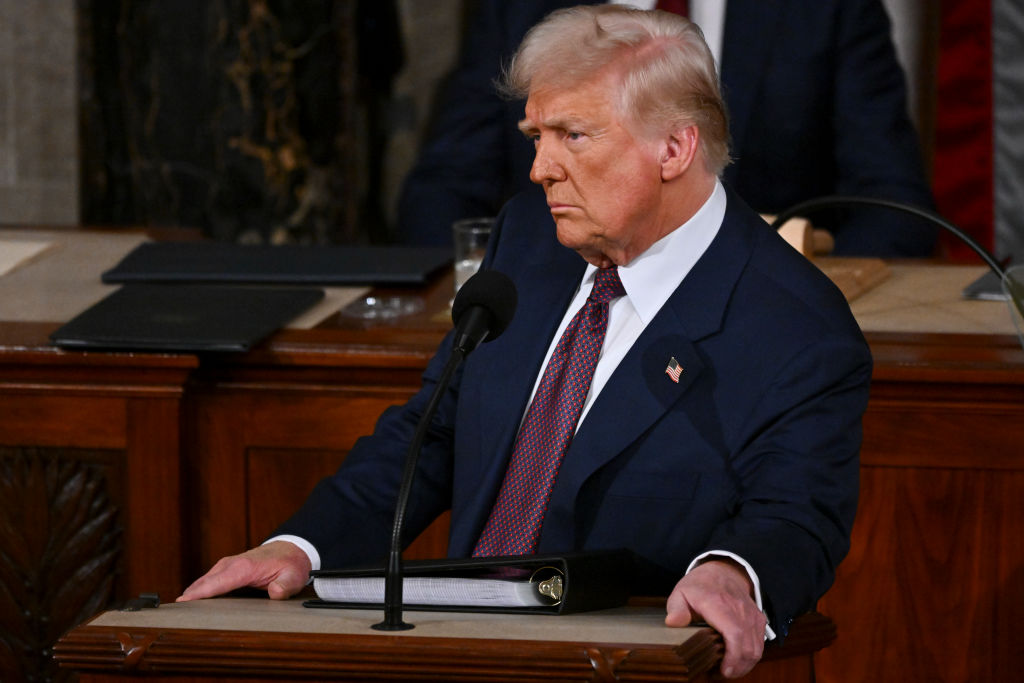 Special Report: The Future of American Politics
Special Report: The Future of American PoliticsThe Kiplinger Letter The Political Trends and Challenges that Will Define the Next Decade
-
 We're Still Bullish on Stocks
We're Still Bullish on StocksWe're still bullish on stocks for 2026, but now is the time for investors to pull in their horns and dial down risk.
-
 These Were the Hottest S&P 500 Stocks of 2025
These Were the Hottest S&P 500 Stocks of 2025AI winners lead the list of the S&P 500's top 25 stocks of 2025, but some of the names might surprise you.
-
 Retirees in These 7 States Could Pay Less Property Taxes Next Year
Retirees in These 7 States Could Pay Less Property Taxes Next YearState Taxes Retirement property tax bills could be up to 65% cheaper for some older adults in 2026. Do you qualify?
-
 Estate Tax Quiz: Can You Pass the Test on the 40% Federal Rate?
Estate Tax Quiz: Can You Pass the Test on the 40% Federal Rate?Quiz How well do you know the new 2026 IRS rules for wealth transfer and the specific tax brackets that affect your heirs? Let's find out!
-
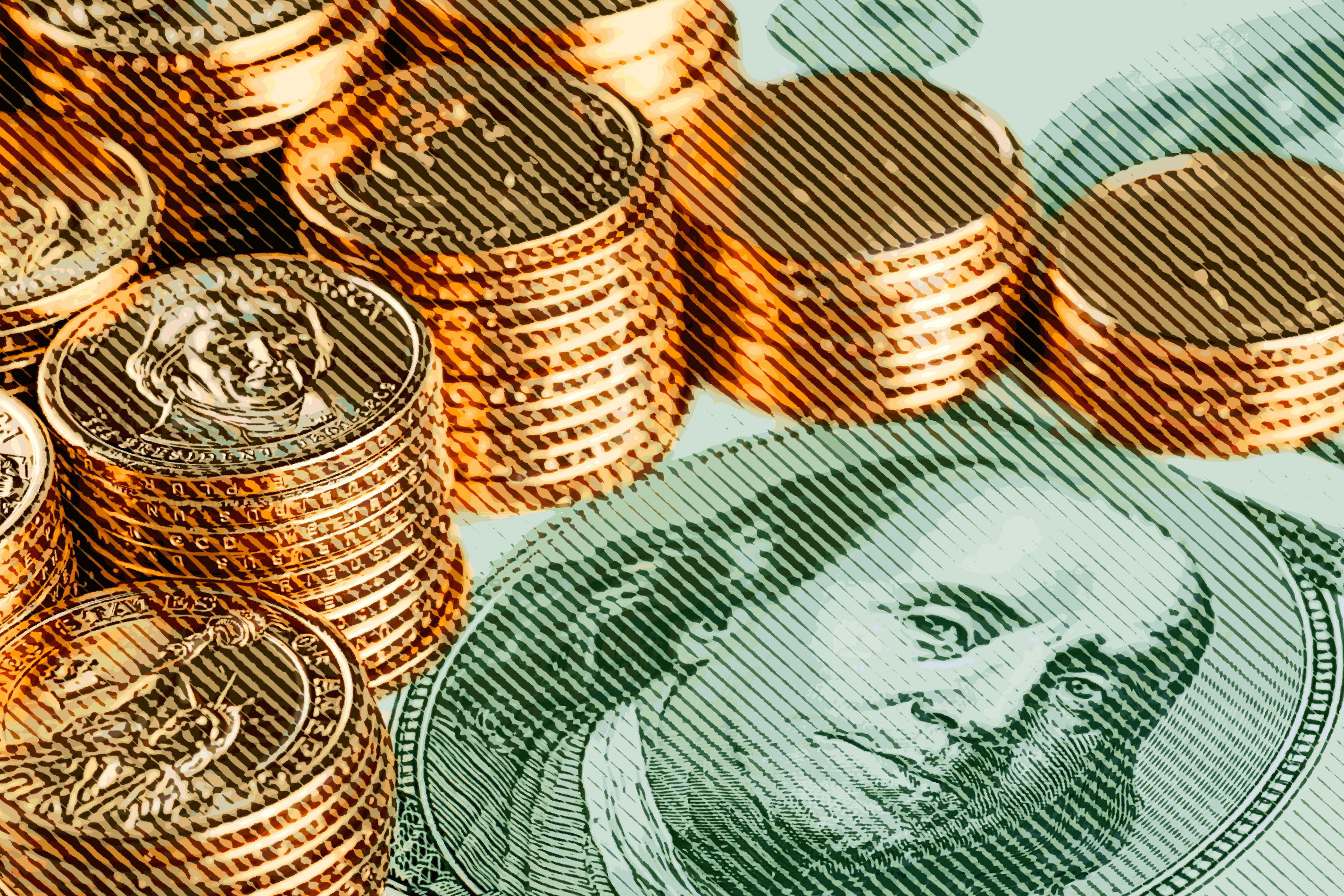 Law Reversal Looming? Trump Eyes 2026 Gambling Winnings Tax Change
Law Reversal Looming? Trump Eyes 2026 Gambling Winnings Tax ChangeTax Deductions It's no secret that the IRS is coming after your gambling winnings in 2026. But how long will that last?
-
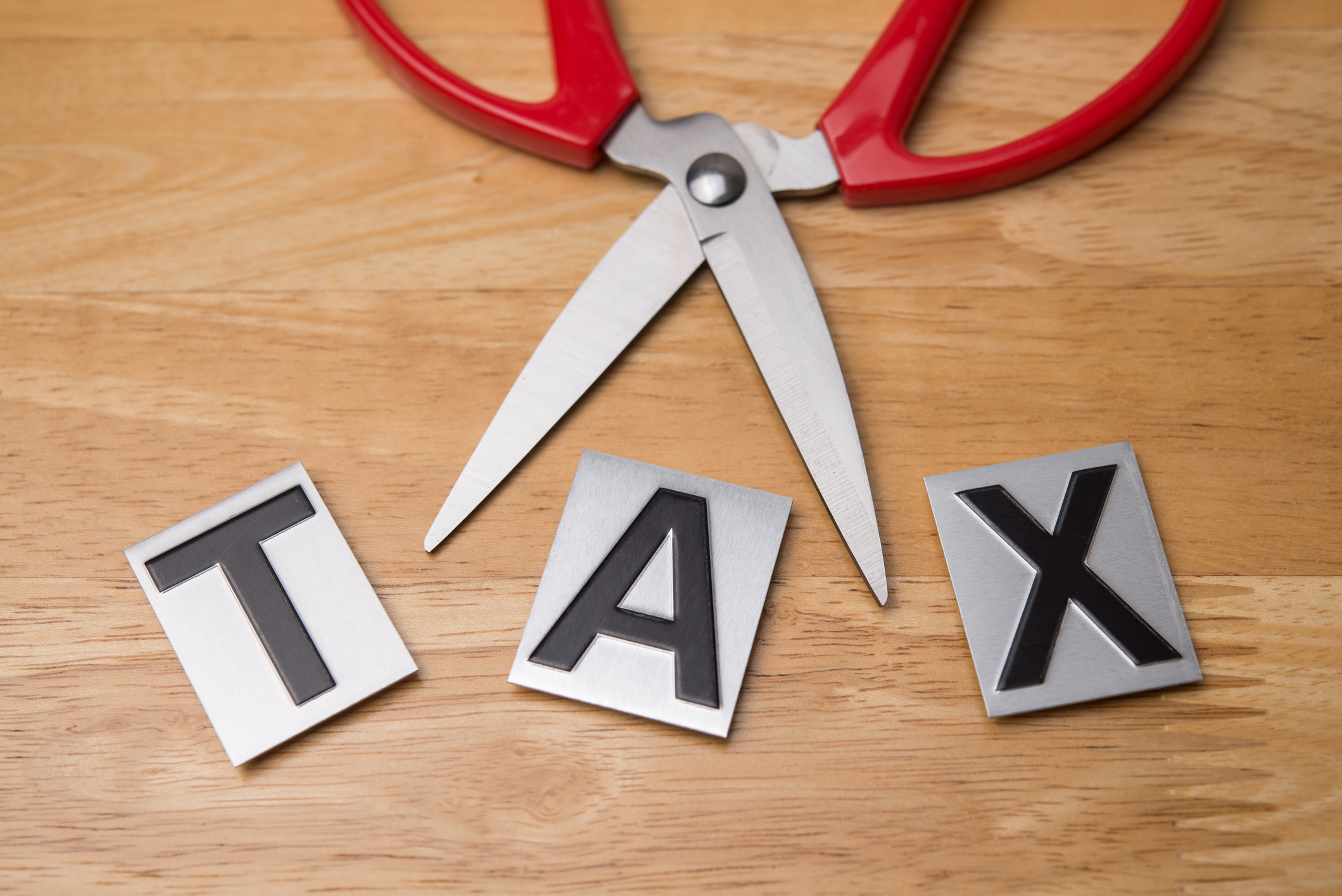 Trump's Plan to Eliminate Income Tax: 7 Things to Know Now
Trump's Plan to Eliminate Income Tax: 7 Things to Know NowTax Policy The potential consequences of eliminating taxes in favor of Trump tariffs could impact everything from inflation to Social Security and might give some U.S. taxpayers pause.
-
 5 Types of Gifts the IRS Won’t Tax: Even If They’re Big
5 Types of Gifts the IRS Won’t Tax: Even If They’re BigGift Tax Several categories of gifts don’t count toward annual gift tax limits. Here's what you need to know.
-
 The 'Scrooge' Strategy: How to Turn Your Old Junk Into a Tax Deduction
The 'Scrooge' Strategy: How to Turn Your Old Junk Into a Tax DeductionTax Deductions We break down the IRS rules for non-cash charitable contributions. Plus, here's a handy checklist before you donate to charity this year.
-
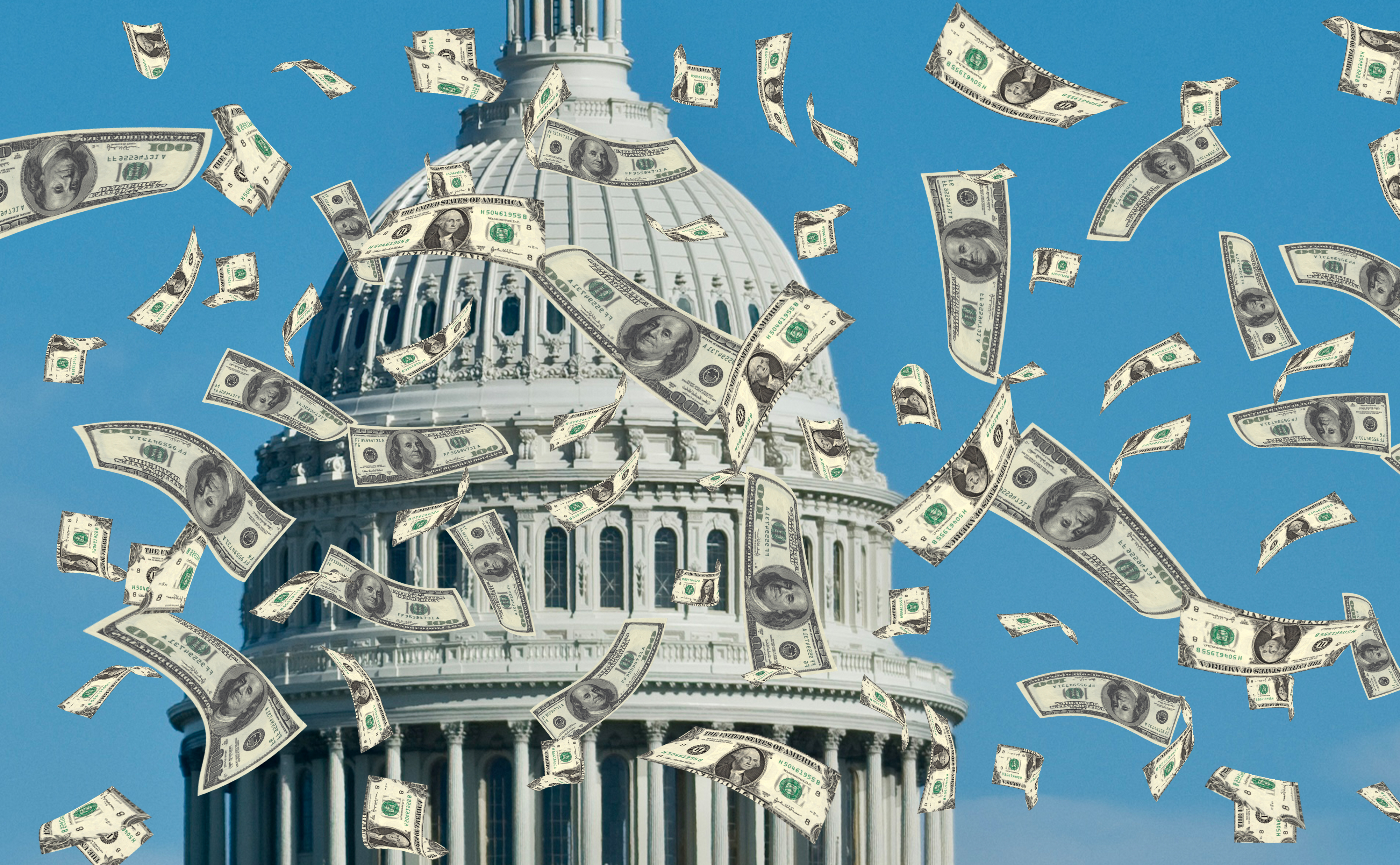 Tax Refund Alert: House GOP Predicts 'Average' $1,000 Payouts in 2026
Tax Refund Alert: House GOP Predicts 'Average' $1,000 Payouts in 2026Tax Refunds Here's how the IRS tax refund outlook for 2026 is changing and what steps you can take now to prepare.
-
 New IRS Changes to FSA Contribution Limits for 2026: What to Know
New IRS Changes to FSA Contribution Limits for 2026: What to KnowHealth Care Flexible Spending Accounts have tax advantages worth looking into, especially in light of new IRS changes.